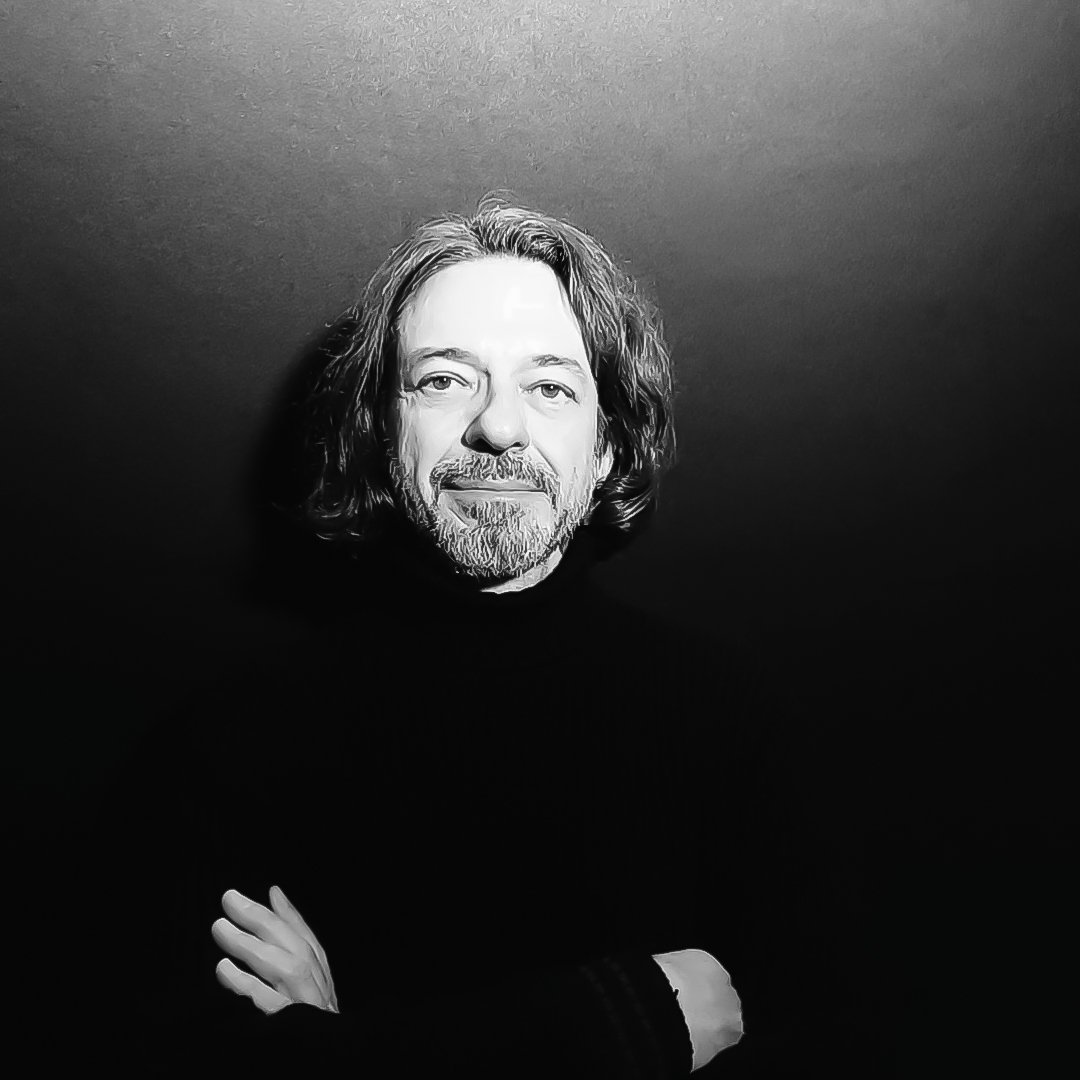Gianluca Moor Balocco
MOOR aka Gianluca Balocco is an internationally renowned artist with a solid presence in museums and galleries worldwide. He has participated twice in the prestigious Venice Biennale. As a resident artist, he has been invited and has collaborated on projects with various foundations. Furthermore, he has worked with numerous national and international museums, significantly contributing to the contemporary art scene. He was invited to exhibit in four prestigious Japanese museums, further enriching his artistic journey with new experiences and cultural perspectives. Moor is a pioneer artist of digital art as trans-painting who uses photography and unconventional video combined with A.I. and pictorial language as “tools” to investigate themes that relate the image to the perception of the observer through principles of Neuro-aesthetics.
Moor is an Artist, Architect and specialized in Multimedia Communication at the Polytechnic of Milan. Leica certified photographer.
Moor's current research began in the 80s with studies of photography and digital art techniques, deepened at the Academy of Fine Arts and later developed as an independent artist photographer.
Moor graduated in architecture in 1988 and specialized in '99 with a post-graduate master's degree in computer science/multimedia at the Politecnico di Milano. Moor then approaches the debate opened by neuroscientists such as Semir Zeki on neuro-aesthetics and plant neurobiology such as Stefano Mancuso. In 2013, Mancuso invites him to testify his research in “Plants signaling and behaviors” in Paris - Sorbonne. Since 2017 Moor has resumed the research started in '99 on oculometric technologies inspired by Neuro-aesthetic principles.
The Work that required several years of research until 2021 and 4 years of linguistic and technological development manifests itself according to a Neuro-aesthetic approach in a potential state through a photographic image that changes in a dynamic flow following in real time the perception of the subject when he enters into a relationship with the electronic canvas.
